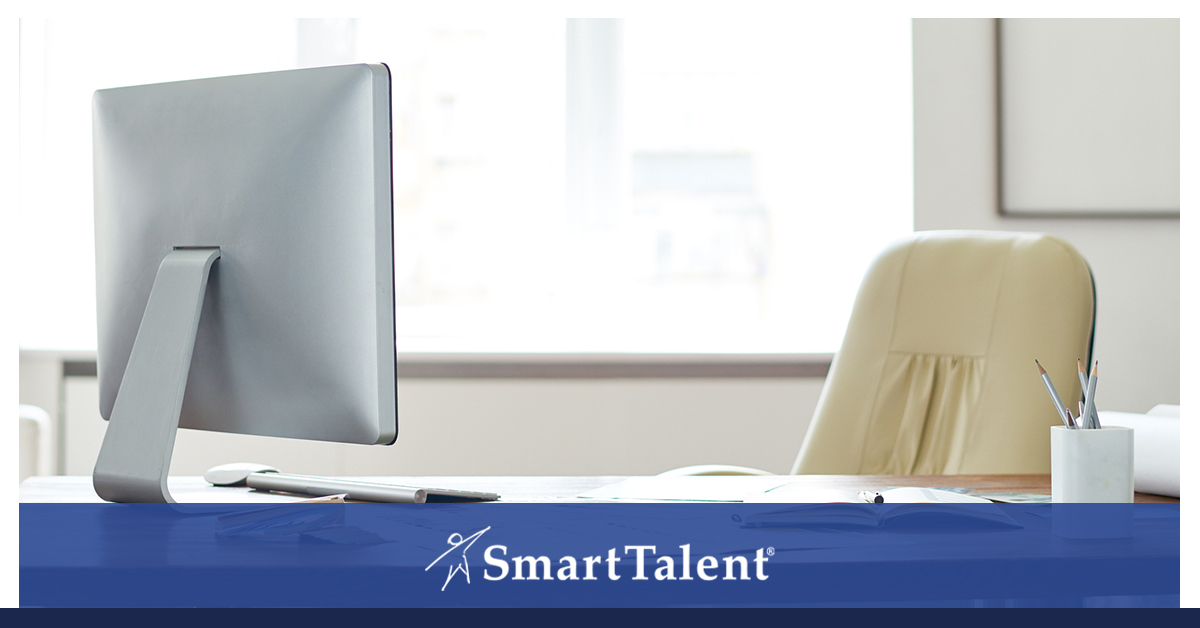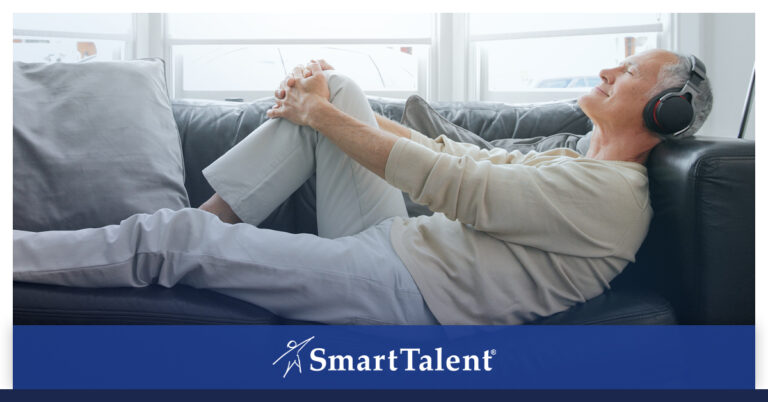Are These 7 Items at Your Desk Ergonomically Correct?
In the movies, a “desk job” always refers to something safe. A cop or army officer will get one to avoid the line of fire. But while working in an office represents a less dangerous profession than, say, chasing criminals, there are still safety concerns to keep in mind. Among these are making sure your desk stays ergonomically correct.
According to government statistics, a third of all worker injury and illness cases come as a result of what’s called musculoskeletal disorders, or MSDs. These are exactly the type of issues that an ergonomic workstation will help prevent. In this way, it’s important to think of ergonomics as more than just comfort. It also represents a way to minimize a prominent safety risk.
Exactly what are ergonomics? The term refers to the process of fitting a tool or a job to a particular person. The goal is to reduce unnecessary strain on the body.
With that in mind, here are seven key items on your desk that you should get an ergonomic upgrade:
Chair
A bad chair can cause a lot of damage. In a desk job, you spend eight hours a day (at least) sitting in the same piece of furniture. If it isn’t a good fit for you, it can adversely impact your posture. In extreme cases, this can lead to back, shoulder, and hip problems. Avoid these issues by finding the right chair for your body. In addition, take the time to customize the chair’s settings to your body. This means properly adjusting the height, head rest, and back angle.
Desk
A good chair can go a long way in staving off back issues. However, this isn’t enough. You also need your desk to provide an ergonomic fit as well. Otherwise, the same problems with posture can crop up.
Keyboard
Carpal tunnel syndrome is one of the most common types of repetitive stress injury. It’s a painful wrist ailment that, in extreme cases, can significantly curtail your ability to work. Having an ergonomically designed keyboard can minimize your risk of developing CTS.
Mouse
The keyboard isn’t the only computer-related tool that you should look at as you attempt to design an ergonomically precise workstation. You should also make sure your mouse is a good fit. Like your keyboard, you use a mouse throughout your day. Having the right design will keep strain from taking root in your wrist and fingers.
Paper Storage
It’s the digital age, yet everyone’s desk still ends up drowning in paper. As much as possible, cut down the clutter. Meanwhile, have important paperwork where you can reach it easily. This commitment to organization will keep you productive and prevent unnecessary reaching and bending when you need to find something.
Phone
The office might be the only place in your life where you still use a landline. Even though most business gets done through email, text, or messenger, phone calls still come up. This can lead to the awkward and uncomfortable process of holding the phone while still trying to access materials on a computer. Use hands-free options, when possible. Also, keep your phone (whether it’s a desk version or your cell) where you can reach it.
Food and Drink
Long hours toiling at your desk raises the need for an indispensable pick-me-up: snacks. Whether it’s a full lunch gulped down at your desk, or just your morning cup of coffee, you likely have some food or drink around at some point in your workday, or have a particular spot where you keep these items. You want them in reach, so you can take a bite or sip without slowing down. But you don’t want things in a precarious position, where something might spill.
Call SmartTalent to Find Your Ideal Employer
Every job has safety risks to consider. You want to stay as productive as possible, while limiting the risk of injury. Working with a top recruiting firm, like SmartTalent, ensures that you find employers who put your health first.
Contact SmartTalent today to find out how they can place you with your ideal employer.









